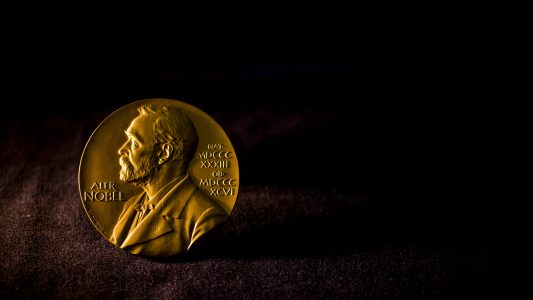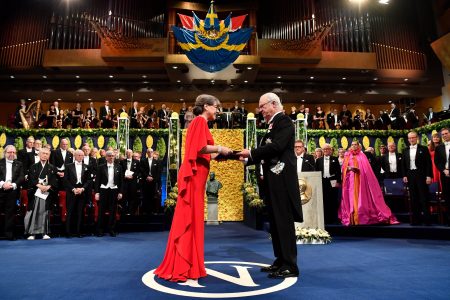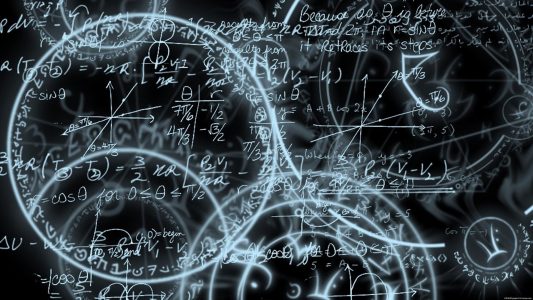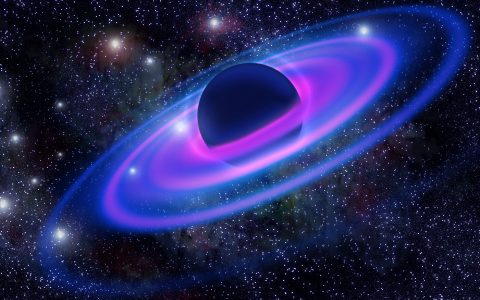The Swiss nation has one of the highest Nobel Prize winners per capita, as the award winners increase every decade.
There’s no doubt that Swiss culture is based on being the best of the best. It’s in the nation’s blood to be a leading cultural, educational, and financially stable economy in Europe and across the world. The country has one of the highest Nobel-per capita ratios on the planet. Why is this so? Is education so strongly rooted in the Swiss culture, that generations strive for innovation and success which became part of their DNA?

The Nobel Foundation is a private institution founded on 29th of June 1900 in Sweden, to manage finances and the administration of the Nobel Prizes. The organization is based on the last will of Alfred Nobel who was the inventor of dynamite. Apart from its numerous inventions and famous scientists and peacemakers, Switzerland is famous for its creation of the Red Cross. The International Committee of the Red Cross was awarded the Nobel Peace Prize in 1917, 1944 and 1963 – on the third occasion jointly with the League of Red Cross Societies. This makes the Red Cross unique: no recipient has been awarded the Peace Prize as often as this organization. The very first time the Peace Prize was awarded, in 1901, the Norwegian Nobel Committee chose to pay tribute to the founder of the Red Cross, Henry Dunant from Switzerland.

Jean Henry Dunant was awarded for his humanitarian efforts to help wounded soldiers and create international understanding, and Frédéric Passy who jointly received the award, for his lifelong work for international peace conferences, diplomacy and arbitration. Ever since then, Swiss scientists and peacemakers have been receiving the Nobel awards which became deeply rooted in their cultural success.
“The International Committee of the Red Cross was awarded the Nobel Peace Prize in 1917, 1944 and 1963 “
In 1902, a year after the first Nobel Prize for peace was awarded to Dunant, Elie Ducommun who was a global peace activist, tutor, language teacher, journalist and translator for the Swiss Federal Chancellery received the award. The same year Charles Albert Gobat, a Swiss lawyer, educational administrator, and politician received the same prize.
The most successful times for the Swiss Nobel Prize-winning fell in the middle and the end of the last century. Between 1945 and 1957 the nation’s talented individuals were awarded no fewer than 9 Nobel Prizes. Some of the famous names include Wolfgang Pauli, awarded a prize in physics for his discovery of the exclusion principle. Hermann Hesse, a Swiss poet, novelist, and painter. His best-known works include Demian, Steppenwolf, Siddhartha, and The Glass Bead Game, each of which explores an individual’s search for authenticity, self-knowledge and spirituality. Another one on the list was Daniel Bovet, a Swiss-born Italian pharmacologist who won the 1957 Nobel Prize in physiology or medicine for his discovery of drugs that block the actions of specific neurotransmitters. 
Switzerland had a similarly successful phase between 1986. and 1996. when 5 Nobel Prizes – all in scientific categories – were awarded to Swiss citizens. Some of the famous names include Heinrich Rohrer for the design of the scanning tunneling microscope. Karl Alexander Müller for his work in superconductivity in ceramic materials. Richard Robert Ernst for his contributions towards the development of Fourier transforms Nuclear Magnetic Resonance. Edmond H. Fischer, who celebrated his 100th birthday this year, and was awarded the Nobel Prize for describing how reversible phosphorylation works as a switch to activate proteins and regulate various cellular processes, and finally, Rolf M. Zinkernagel, for the discovery of how the immune system recognizes virus-infected cells.
“25 out of 30 cases, the Nobel Prizes in scientific categories went to Switzerland”
The latest Nobel Prize winner is Michel Mayor, a Swiss astrophysicist and professor emeritus at the University of Geneva’s Department of Astronomy. Fundamental questions about the universe’s structure and history have always fascinated human beings. In 1995, he announced the first discovery of a planet outside our solar system, an exoplanet, orbiting a solar-type star in our home galaxy, the Milky Way. Using custom-made instruments, he was able to see planet 51 Pegasi b, in the Pegasus constellation. Since then over 4,000 exoplanets have been found in the Milky Way. Eventually, thanks to Professor Mayor, we may find an answer to the eternal question of whether another life is out there! How cool!

25 out of 30 cases, from the Nobel Prizes in scientific categories, went to Switzerland. Facts like these show how tremendously powerful the nation is when it comes to scientific research and innovation. In total, more than 100 Nobel winners have a close connection to Switzerland. Is this just a coincidence? Or does the Swiss air activate innovatory brain cells? It is on you to decide!
By Mina Vučić